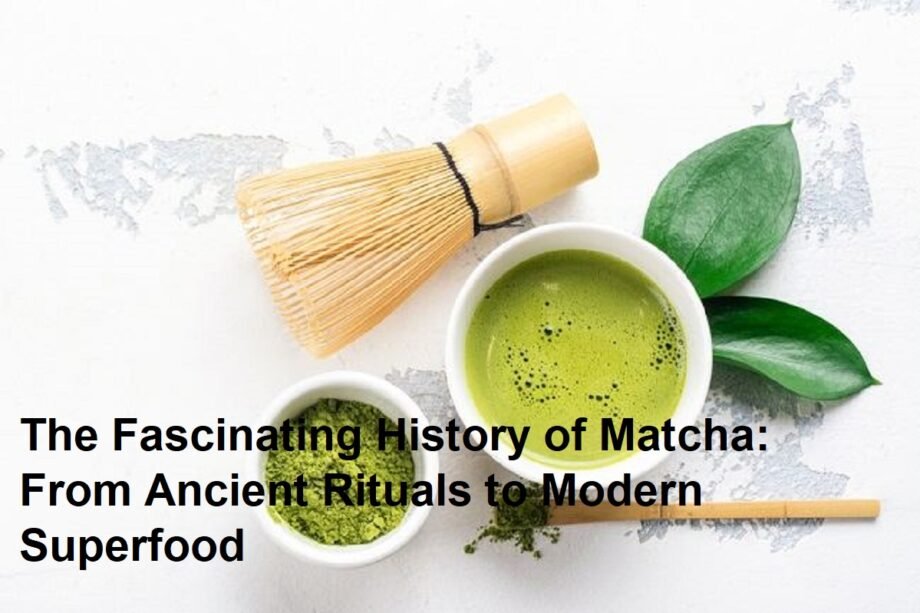Matcha, a vibrant green powdered tea, has gained immense popularity worldwide in recent years as a healthful beverage and culinary ingredient. But beyond its modern-day trendiness lies a rich history spanning centuries, deeply rooted in traditional Japanese culture. Understanding the origins and historical significance of matcha not only highlights its unique qualities but also enriches appreciation for this remarkable tea. This article explores the fascinating journey of matcha—from its early beginnings in China to its refinement and cultural prominence in Japan—and its rise as a global superfood.
Origins of Matcha: Roots in Ancient China
The story of matcha begins in China during the Tang Dynasty (618–907 AD), when tea leaves were steamed and formed into compressed cakes for easier transport and storage. These compressed teas were ground into a powder before being whisked with hot water, a practice that laid the foundation for what we now know as matcha.
The method of powdered tea preparation spread from China to Japan in the late 12th century through Buddhist monks who traveled to China to study Zen Buddhism. Notably, a monk named Eisai is credited with bringing powdered tea and its cultivation techniques back to Japan. He promoted tea not only for its pleasurable taste but also for its medicinal and spiritual benefits, aligning with Zen principles of mindfulness and simplicity.
Matcha and the Japanese Tea Ceremony
In Japan, matcha evolved from a medicinal drink into a cultural icon through the formalization of the Japanese tea ceremony (chanoyu) during the 15th and 16th centuries. The tea ceremony is a highly ritualized practice emphasizing harmony, respect, purity, and tranquility. Matcha is the centerpiece of this ceremony, prepared with precise steps to enhance focus and encourage appreciation of the moment.
The tea master Sen no Rikyu, a seminal figure in the tea ceremony, refined the aesthetics and philosophy around matcha. He championed wabi-sabi, the beauty of imperfection and transience, which is deeply embedded in the tea ceremony’s rituals. Through his influence, matcha became much more than a beverage—it became a symbol of Japanese culture and Zen spirituality.
Cultivation and Production Advances
Matcha is made from shade-grown green tea leaves, which boosts chlorophyll content and gives matcha its distinctive bright green color. The harvest and processing techniques have been perfected over centuries, with meticulous care taken to preserve flavor, aroma, and nutritional qualities.
After harvesting, tea leaves are steamed to prevent oxidation, then dried and ground into a fine powder using stone mills. This traditional production method contributes to matcha’s unique umami flavor and rich antioxidant profile, distinguishing it from other types of green tea.
Matcha in Modern Times: Health and Culinary Popularity
In recent decades, matcha has surged in global popularity due to its numerous health benefits and versatility. It is rich in antioxidants, particularly catechins, which support heart health, improve metabolism, and provide calming yet alert mental clarity thanks to its combination of caffeine and L-theanine.
Besides traditional tea drinking, matcha is now embraced as a superfood ingredient in various foods and beverages like smoothies, lattes, ice cream, and baked goods. Its vibrant color and healthful image make it a favorite in wellness circles around the world.
Conclusion
The history of matcha is a captivating tale of cultural transmission, spiritual practice, and evolving appreciation for tea. From its origins in ancient China to its central role in the Japanese tea ceremony and its prominent status as a modern superfood, matcha embodies a rich legacy of mindfulness, health, and tradition. Understanding this history deepens the respect for matcha not just as a drink, but as a cultural treasure that continues to inspire and nourish people globally.
In summary, matcha’s journey from ancient powdered tea traditions in China to a refined Japanese cultural ritual and now a global health phenomenon demonstrates its enduring significance. Its unique preparation, spiritual heritage, and health benefits make matcha a truly exceptional tea with a fascinating history to explore.









